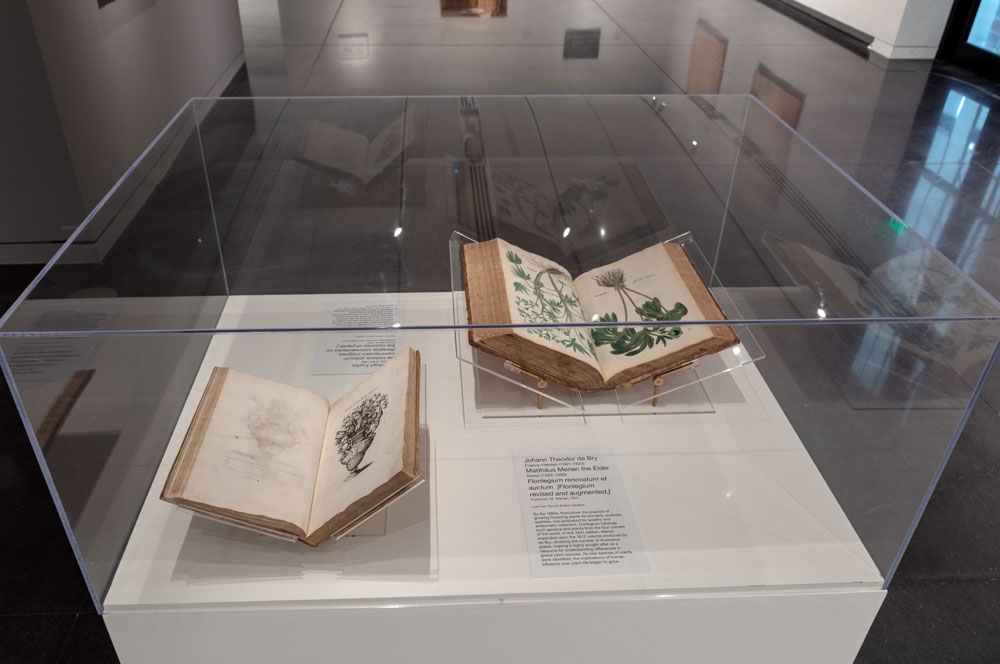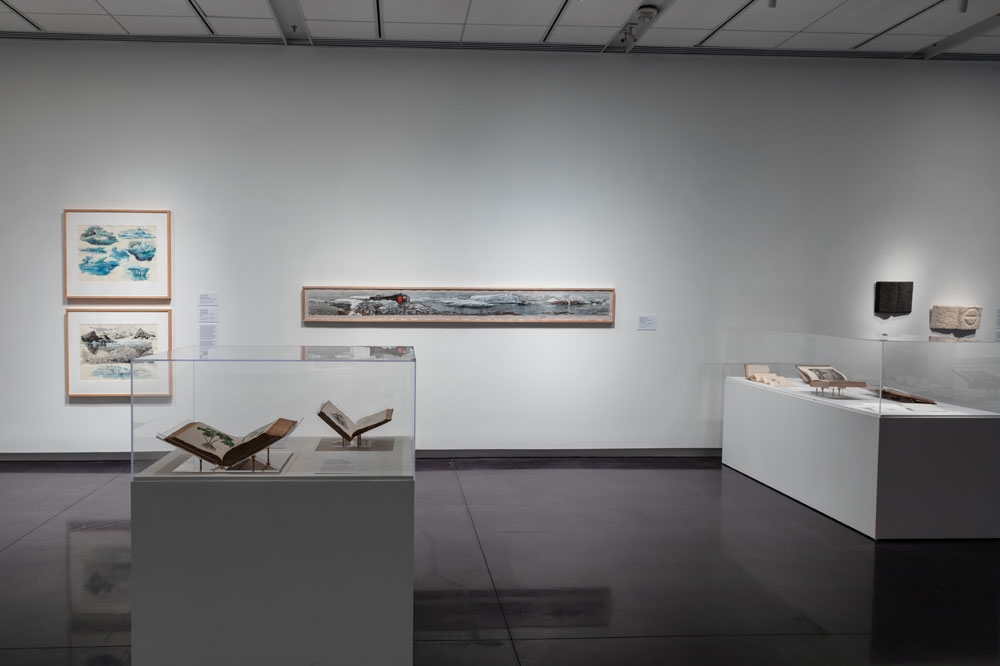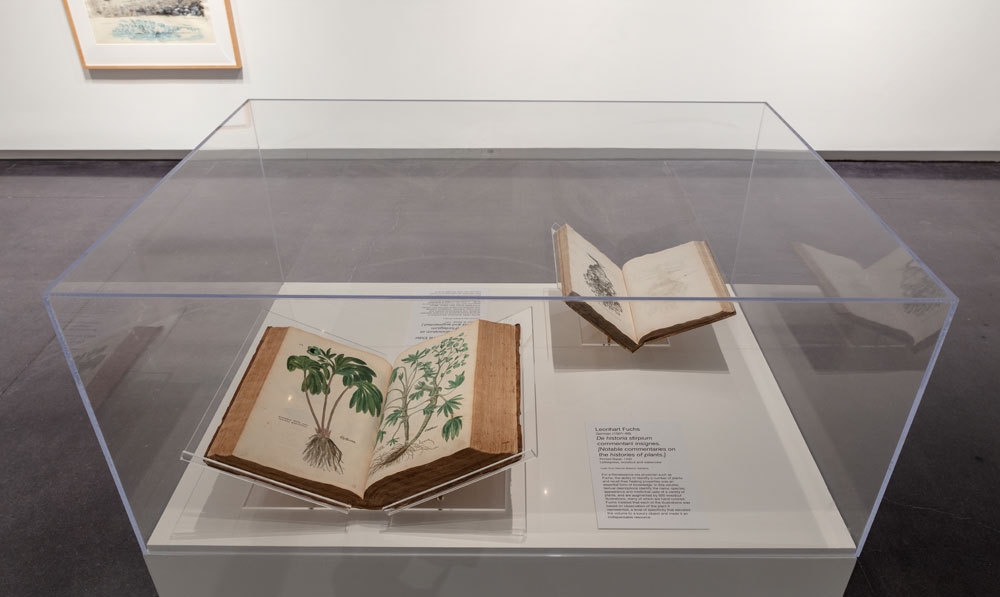Rare Books on the Move
The creation of the Helen Fowler Library was an important addition to Denver Botanic Gardens’ campus. It occupied several spaces before settling in its current location in 1971, when a library space was included in the plans for the Boettcher Memorial Center. Ruth Porter Waring donated funds to have the Waring Rare Book Room built and James J. Waring donated a large collection of important botanical texts from his personal collection. The room was originally meant to be a reading room for the library’s collections of rare early herbals and botanical texts. Since that time our rare collections have almost doubled in size due to the continued generosity of Denver Botanic Gardens donors. However, the Waring Room has not been able to expand to accommodate this growth, making it difficult to showcase these important books to our members.
The creation of the Freyer – Newman Center has answered our call for more space and updated facilities, but we still have a way to go before we can unveil our collections in these beautiful new spaces. There is still wrapping and packing to do before our rare books can be sent offsite to temperature-controlled storage, where they will be housed until the library reopens in the Freyer – Newman Center in 2020. The Freyer – Newman Center will allow the Gardens to celebrate the intersection of science, art and education. The Institute of Museum and Library Services awarded us nearly $250,000 to enable world-class stewardship of the non-living collections—natural history, art and archives—that underpin and enable this intersection.
There is still a way to spend time with our rare collections during the transition! This past fall, University of Colorado (CU) Art Museum curators approached library staff with a request to display some of our books in an upcoming exhibition. The Helen Fowler Library chose to loan two important works to the museum: “Florilegium renovatum et auctum” by Johann Theodor de Bry from 1641 and “De historia stirpium” by Leonhart Fuchs from 1542 (one of the original book donations from James Waring). Both books are early botanical tomes that include woodblock illustrations and hand-colored plates, showcasing important findings in the history of botanical science and taxonomic nomenclature.
The exhibition at the CU Art Museum is called “Documenting Change: Our Climate (Past, Present, Future).” It focuses on the many ways in which the natural world can be documented and what we can glean from looking at these documents over time. The exhibition will be on view until July 20, 2019. Visit the exhibition to see some of the Helen Fowler Library’s most-prized rare books while we are in transition!
Learn more about the exhibition on the CU-Boulder Art Museum’s website.
Rare Books Gallery



Add new comment